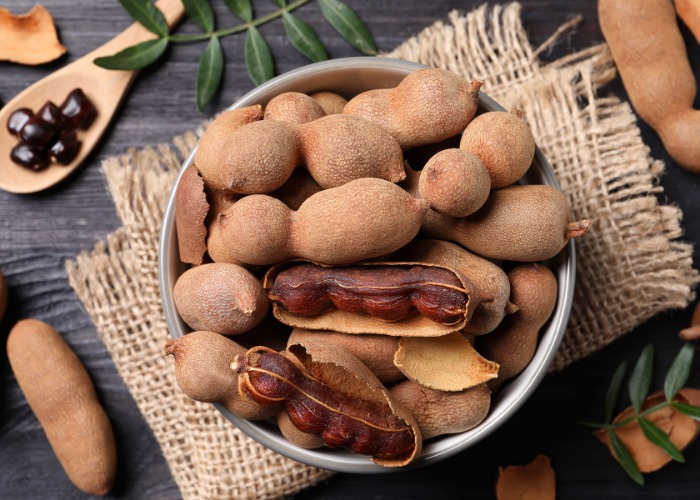The Exquisite Tamarind Taste: Unveiling Its Culinary Wonders
– Tamarind is a tropical fruit with a sweet-tart flavor.
– It is typically made into a paste or concentrate to enhance the flavor of dishes.
– Tamarind is available in three forms: raw pods, pressed tamarind, and boiled tamarind.
– It is indigenous to Africa but has long been associated with Indian cuisine.
– Tamarind has a unique flavor described as tangy lemon or lime balanced with sweet caramel notes.
– Half a cup of tamarind contains 143 calories, 34 grams of sugar, 3 grams of fiber, and 2 grams of protein.
– Tamarind is a good source of vitamins B1 and B3, potassium, magnesium, phosphorus, and iron.
– It is rich in antioxidants, which help prevent cell damage and chronic diseases.
– Tamarind can cause acid reflux, have a laxative effect, and erode tooth enamel if consumed in excessive amounts.
– It may cause problems for diabetics and lead to hypoglycemia.
– Tamarind can interact negatively with certain medications, especially those that can cause bleeding or constrict blood vessels.
– Tamarind is used in various ways around the world, such as for flavoring curries, chutneys, soups, and teas.
– It is also used in Worcestershire Sauce and HP Sauce in the UK.
– Tamarind is suitable for cooking in Indian or Thai curries, as a marinade for meat, or in sweet recipes such as tamarind balls.
